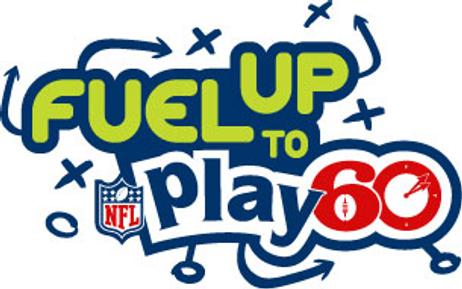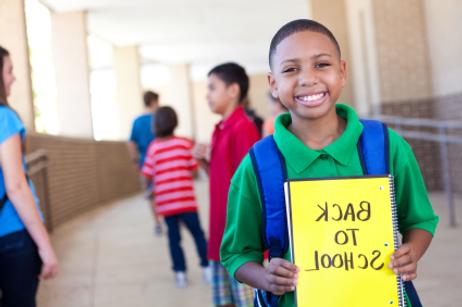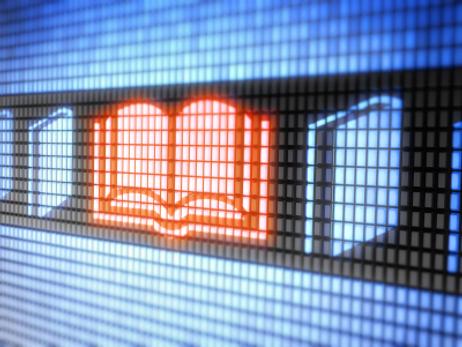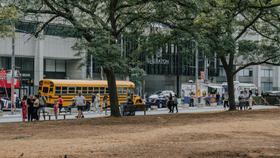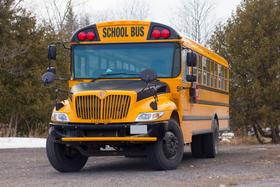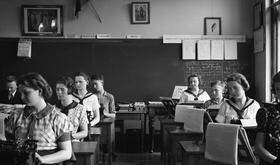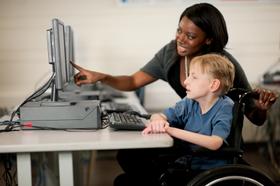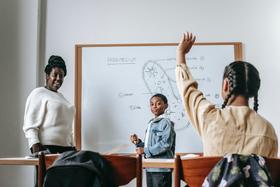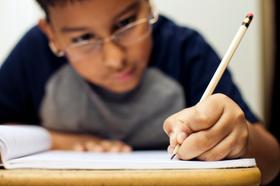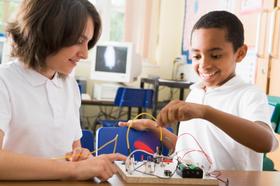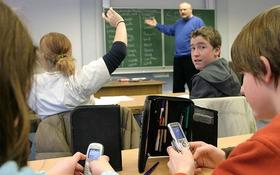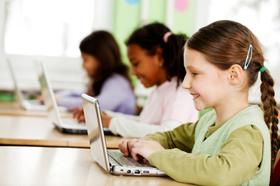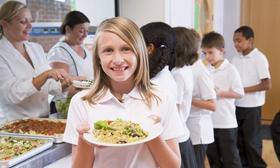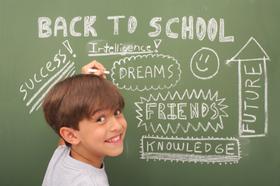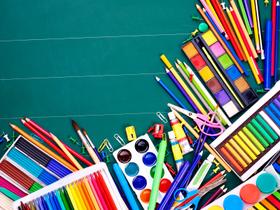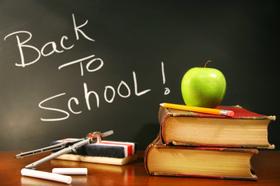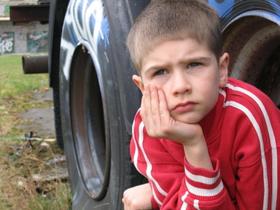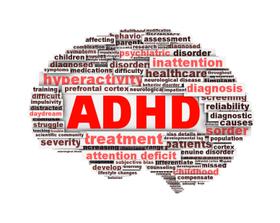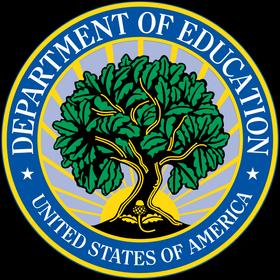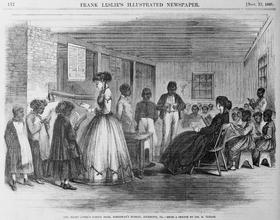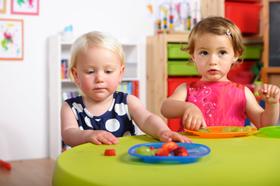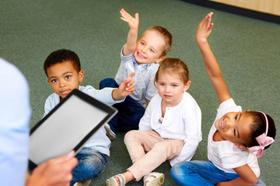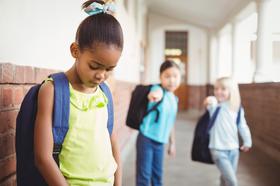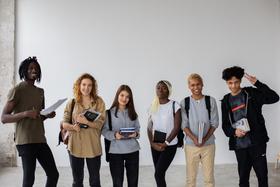Healthy bodies are the first step to preparing young minds for the rigors of academic studies. Research has shown a straightforwardlink between students' physical health and their educational success. One program that has successfully merged the two is Fuel Up to Play 60, a nutrition and physical activity program designed for the classroom. This year marks the third anniversary of the successful program, and more schools than ever before are gearing up to motivate students to develop healthy lifestyle habits and take charge of their physical health.
What is Fuel Up to Play 60?
Fuel Up to Play 60 is a partnership program between the National Dairy Council and the National Football League. The program also receives significant support from the United States Department of Agriculture. The fundamentals of Fuel Up to Play 60 include teaching children how to make nutritious food choices and encouraging them to get a minimum of 60 minutes of physical activity every single day. The program comes at a critical point, with obesity among children reaching nearly epidemic proportions currently. Today, children are facing many of the obesity-related health conditions that were once reserved for adults only, such as hypertension, type 2 diabetes, and the early signs of cardiovascular disease.
"We need to provide today's youth with opportunities to make their own health decisions and access fun ways to live a healthy lifestyle," Jean Ragalie, RD, President of the National Dairy Council, stated in a press release on

